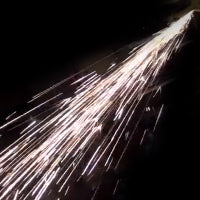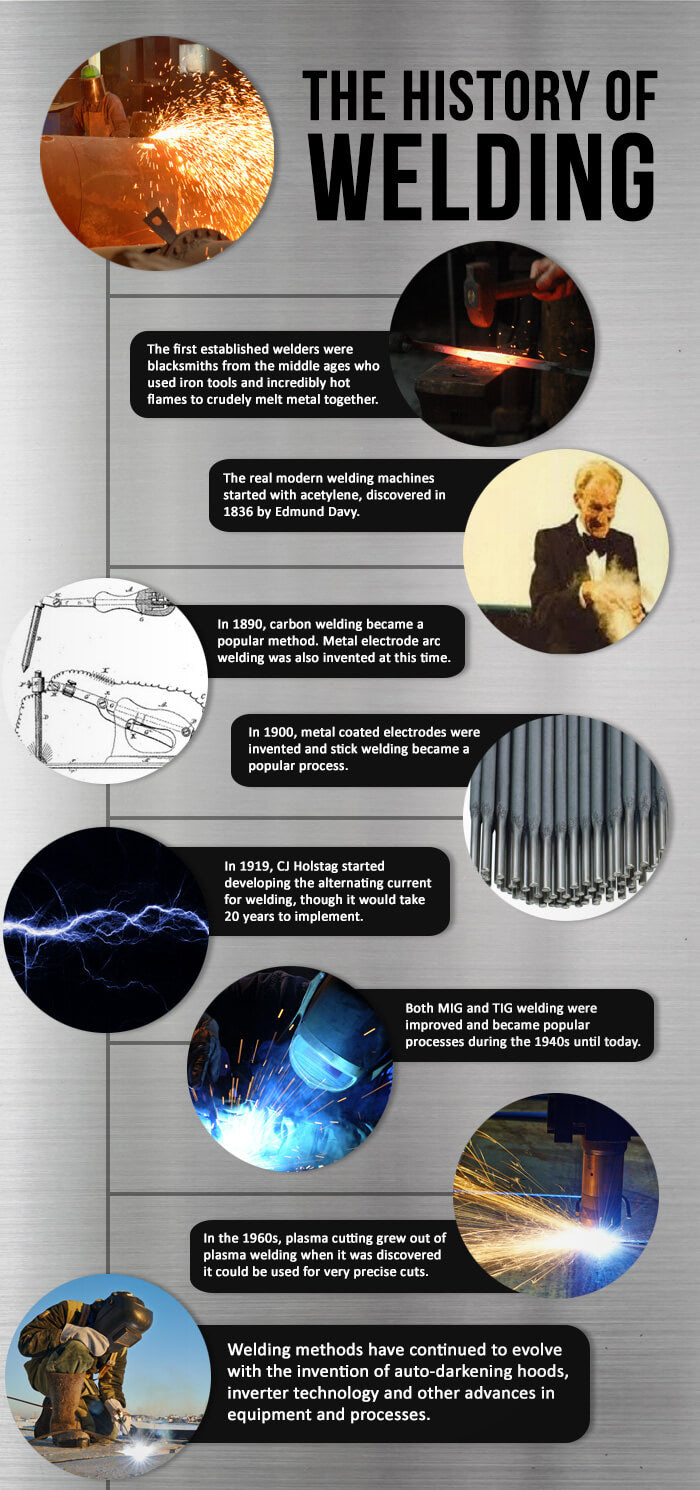Most of us are naturally good at figuring out what something is made of. It’s probably because all our prehistoric ancestors with the poor-judgement genes got wiped out trying to hunt down t-rexes. So figuring out what type of metal something is made of should feel like a familiar process. You just need to know what to look for and a little bit of practice. With these tips, we’ll teach you how to figure out the make-up of any material.
When you don’t have the luxury of knowing the material you’re working with, there are a couple basic tests that’ll help you distinguish what type of metal it is. The first is simply using your eyes. Is it an intricate shape that looks like it was poured into a mold? If so, it’s probably a cast metal of some type. Look at its color. Often if it looks like copper, it probably is. If you’re not sure just by looking at it, the next step is using a magnet. If the magnet won’t stick, you’ve got a non-ferrous metal such as bronze or aluminum.
However, figuring out a metal’s composition with magnets and your 5 senses alone is generally not enough to distinguish something like cast iron from steel. And sometimes your senses can deceive you. That’s why one of the best ways to truly figure out a material’s make-up is spark testing.
It’s like playing poker, everyone has a “tell”. A metal’s tell is its sparks. First off, you’ll need a grinder. Angle grinders work quite well because of their portability. And unless you’re Zeus with a welding gun, you probably have a grinder to clean up your mistakes.
Start by finding an inconspicuous spot of your material and start grinding just enough to produce sparks. Look at the color of the sparks. Are they bright white, redish/yellow, or something else? Look at how the sparks behave. Do they stay in one straight line or break up into other sparks? Finally, look at the volume of sparks. Is it a shower or just a handful? These three different elements are what we can use to figure out the composition of your material. We’ll go through the characteristics of the most common metals you’ll run into and provide links to a couple databases you can use to identify other type of metal.
Metals with lower carbon content have greater flexibility than high carbon metals and are generally easier to weld. Any type of steel material will produce a good shower of bright white/yellow sparks. With low carbon steel, these sparks will be a long, straight shape and will rarely break off into forked sparks (star-shaped sparks).
 High-Carbon Steel (Cast Steel):
High-Carbon Steel (Cast Steel):
Like low-carbon steel, high carbon will produce a large volume of bright white/yellow sparks. The difference is that an increase in carbon will cause the sparks to break apart and sparkle (star-shaped sparks), where the low-carbon steel sparks will mostly stay as straight lines.
 Tool Steel:
Tool Steel:
Just like low and high-carbon steel, tool steel produces a lot of bright white/yellow sparks. Unlike low-carbon steel’s straight lines, tool steel will produce a flurry of star-shaped sparks that look almost exactly like sparklers from the 4th of July.
The difference between gray cast iron and any type of steel is dramatically different. Grey cast iron will produce only a very small amount of sparks in comparison to the huge shower that steel creates. The sparks will start off as thin, red lines then break out into bright yellow stars.
 White Cast Iron: White cast iron is often cooled quicker during the production process causing it to be more brittle and difficult to weld. White cast iron will produce even less sparks than grey cast iron, with the same color (red at first then quickly to bright yellowish/white). The difference is that white cast iron sparks will break off and create much larger “sparkles” or star shapes than grey cast iron.
White Cast Iron: White cast iron is often cooled quicker during the production process causing it to be more brittle and difficult to weld. White cast iron will produce even less sparks than grey cast iron, with the same color (red at first then quickly to bright yellowish/white). The difference is that white cast iron sparks will break off and create much larger “sparkles” or star shapes than grey cast iron.
Unlike both white and grey cast iron, malleable iron will produce a lot of white sparks (much like the high-carbon steel). Its sparks will look a lot like a sparkler firework, with a bunch of star shapes breaking off into other star shapes.
Besides the most common metals above, here are some pretty thorough databases of different metals:
Wikipedia’s Database on Spark Testing
If you're still uncertain about the type of metal you're dealing with, here's a little trick. The higher the nickel content in your filler wire/rod/electrode, the better it is for welding dissimilar/unfamiliar metals or alloys. This makes filler material with high nickel content invaluable if you're not too concerned with color match and just looking for good penetration while welding a cast steel, cast iron or a number of other ferrous metals. There are several variations throughout the different vendors, here are a few of our favorite fillers with high nickel content:








